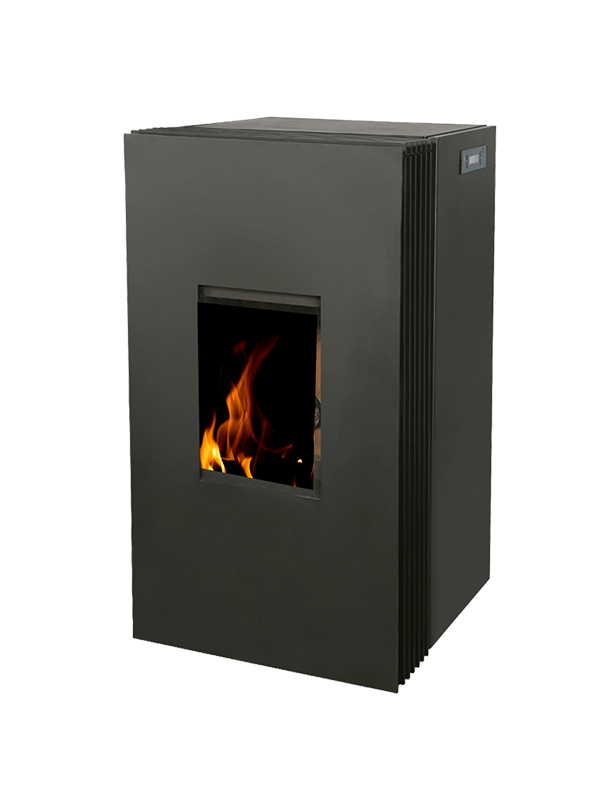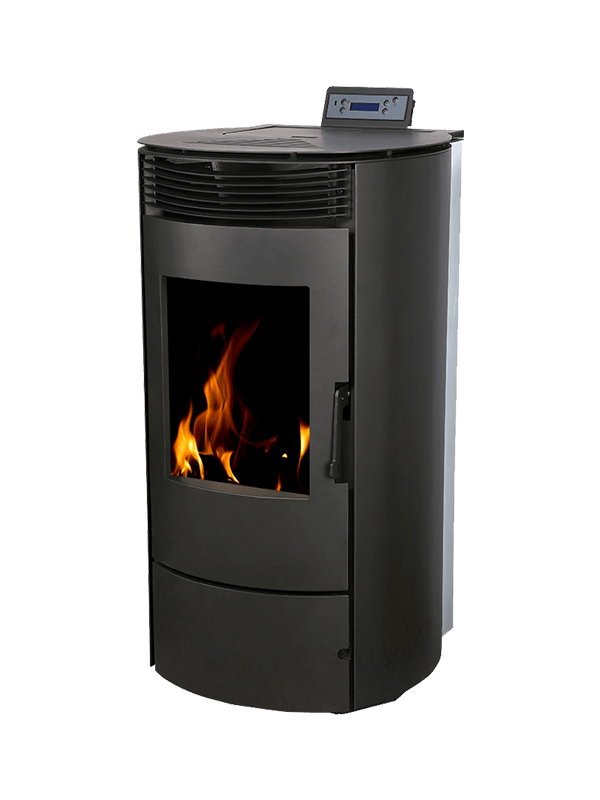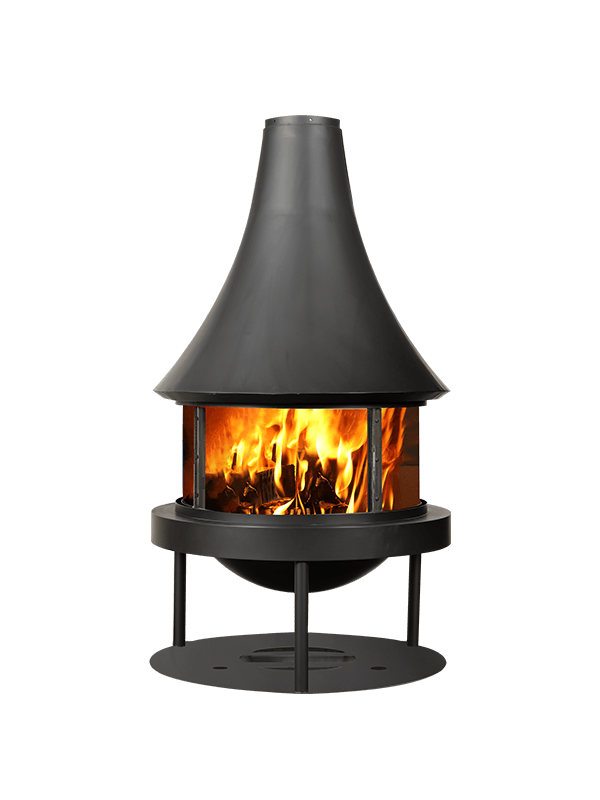The electroplating process of spring machine is a crucial part of the production process. It improves the corrosion resistance, wear resistance and aesthetics of the spring by forming a metal coating on the surface of the spring. Electroplating is widely used in various industrial fields, especially in the automotive, electronics and machinery manufacturing industries. The following is a detailed introduction to the electroplating process of spring machine, including the principle, process steps and advantages of electroplating.
Electroplating is a process that uses electrochemical reactions to deposit a layer of metal coating on the metal surface. The basic principle of electroplating of spring machine is to form a uniform coating by attaching metal ions in the electrolyte to the surface of the spring under the action of electric current. This process can effectively enhance the physical properties of the spring, such as improving its corrosion resistance and wear resistance, and at the same time give the spring a brighter and more beautiful appearance.
Common electroplated metals include zinc, nickel, chromium, etc. Among them, the zinc coating is often used to prevent the spring from rusting; the nickel coating is used to improve the wear resistance and corrosion resistance of the spring; the chrome coating has extremely high hardness and oxidation resistance, and is suitable for spring products with high surface hardness requirements.
The electroplating process of spring machine generally includes the following main steps.
Surface pretreatment: Before electroplating, the spring needs to be surface pretreated. The purpose of pretreatment is to remove grease, oxides and other impurities on the surface of the spring to ensure the adhesion and uniformity of the electroplating layer. Pretreatment usually includes degreasing, pickling and passivation. Degreasing is to remove oil stains on the surface of the spring using chemical solvents, pickling is to remove the oxide layer through acidic solution, and passivation is used to enhance the corrosion resistance of the metal surface.
Electroplating: After the surface pretreatment is completed, the spring is placed in the electroplating tank. The electroplating tank contains a specific electrolyte containing ions of the metal to be plated. Under the action of the applied current, the metal ions are gradually deposited on the surface of the spring to form a uniform coating. The time and current intensity of electroplating need to be precisely controlled according to the material of the spring and the type of electroplated metal to ensure that the thickness and quality of the coating meet the requirements.
Post-treatment: After electroplating, the spring needs to be post-treated. The purpose of post-treatment is to further enhance the performance of the coating and improve the appearance of the spring. Common post-processing processes include passivation, sealing and polishing. Passivation can improve the corrosion resistance of the coating, sealing is used to fill the tiny pores of the coating, and polishing is used to increase the surface finish and aesthetics.
Quality inspection: After the electroplating treatment is completed, the spring needs to be strictly inspected for quality. The inspection items usually include coating thickness, adhesion, corrosion resistance, etc. Through these inspections, it can be ensured that the electroplated spring has good performance and reliability in actual use.
Electroplating has multiple advantages in spring production.
Enhance corrosion resistance: The electroplating layer can effectively isolate air and moisture, prevent the spring from rusting, and thus greatly extend its service life.
Improve wear resistance: The electroplating layer has a high hardness, which can reduce the wear of the spring during use and improve its durability.
Improve appearance: Electroplating can give the spring a bright and smooth surface, improve its aesthetics, and is suitable for products with high appearance requirements.
Diversity: Electroplating can use a variety of metals and alloys, and can provide coatings with different performances according to different needs, with extremely high flexibility.
The electroplating process of spring machines is an important part of ensuring the quality and performance of spring products. Through scientific and reasonable electroplating processes, the corrosion resistance, wear resistance and aesthetics of springs can be effectively improved to meet the needs of different industrial fields. With the continuous advancement of electroplating technology, the electroplating process of spring machines will become more efficient and environmentally friendly, providing better quality spring products for modern industrial production.










-.png)











